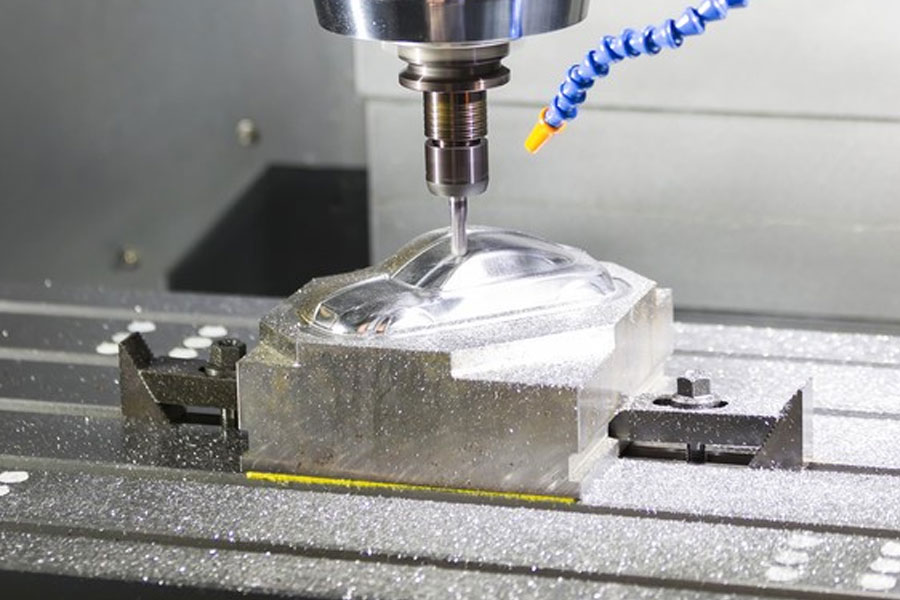Manufacturers of machining centers are classified according to machining procedures. Machining centers are classified according to machining procedures and can be divided into two major categories: boring and milling and turning and milling.
1. Boring and milling
2. According to the number of control axes, turning and milling can be divided into:
- 1. Three-axis machining center
- 2. Four-axis machining center
- 3. Five-axis machining center. According to the relative position of the spindle and the table
(1) Horizontal machining center: refers to a machining center with the spindle axis parallel to the worktable, and is mainly suitable for machining box parts. The horizontal machining center generally has an indexing turntable or a numerical control turntable, which can process all sides of the workpiece; it can also be used for joint movement of multiple coordinates in order to process complex space curved surfaces.
(2) Vertical machining center: refers to a machining center where the axis of the spindle is perpendicular to the worktable, and is mainly suitable for processing complex parts such as plates, plates, molds, and small shells. Vertical machining centers generally do not have a turntable, only for top surface machining. In addition, there are composite machining centers with vertical and horizontal spindles, and vertical and horizontal adjustable machining centers with spindles that can be adjusted to horizontal or vertical axes. They can process five faces of the workpiece.
(3) Universal machining center (also known as multi-axis linkage machining center): refers to a machining center that can control the linkage change through the angle between the machining spindle axis and the rotary axis of the table to complete the machining of complex space curved surfaces. It is suitable for the processing of impeller rotors, molds, cutting tools and other workpieces with complex spatial curved surfaces.
